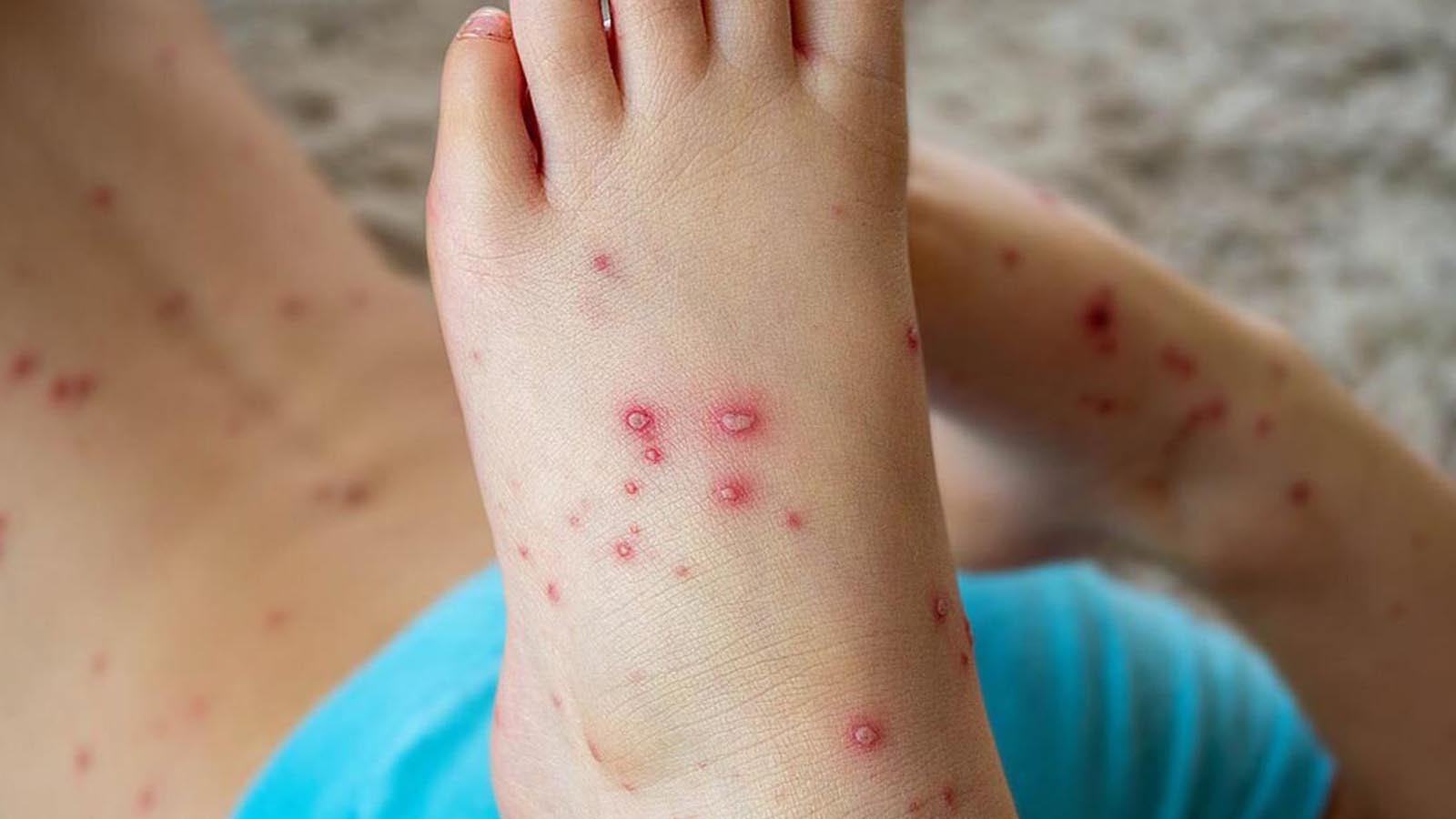In India, a large number of children have been diagnosed with a newly discovered infectious disease, and even professionals are uncertain as to where the outbreak may have originated.
According to a report published in the Lancet Respiratory Medicine Journal, “tomato flu” was first discovered on May 6 in India and has since infected more children ages 1 to 9.
“Just as we are dealing with the probable emergence of fourth wave of COVID-19, a new virus known as tomato flu, or tomato fever, has emerged in India in the state of Kerala in children younger than 5 years,” the Lancet Journal wrote on its website.
Tomato flu was first discovered on May 6, 2022, in the Kollam district of Kerala, and as of July 26, 2022, more than 82 cases in children younger than 5 years old have been reported by local government hospitals.
In addition, at the Odisha Regional Medical Research Centre in Bhubaneswar, 26 children were suspected of having cases of tomato flu. These kids range in age from 1 to 9.
“The rare viral infection is in an endemic state and is considered non-life-threatening; however, because of the dreadful experience of the COVID-19 pandemic, the vigilant management is desirable to prevent further outbreaks,” according to Lancet Journal.
Tomato Flu or tomato fever is an uncommon viral disease with symptoms that are comparable to Covid-19 and blisters that resembles with monkeypox virus.
Tomato flu produces red rashes, skin irritation, and dehydration. The disease derives its name from the tomato-shaped blisters it causes.
“Tomato flu gained its name on the basis of the eruption of red and painful blisters throughout the body that gradually enlarge to the size of a tomato. These blisters resemble those seen with the monkeypox virus in young individuals.”
Although the symptoms of the tomato flu virus are comparable to those of COVID-19 (both are linked with fever, exhaustion, and bodyaches initially, and some patients with COVID-19 also report rashes on the skin), the virus is not connected to SARS-CoV-2 according to the experts.
The actual cause of the disease is still unknown.
The experts are speculating about the new disease, claiming that it could be an after-effect of chikungunya or dengue fever, or it could be a new variant of the viral hand, foot, and mouth disease.
“Tomato flu could be an after-effect of chikungunya or dengue fever in children rather than a viral infection,” Lancet Journal stated.
“The virus could also be a new variant of the viral hand, foot, and mouth disease, a common infectious disease targeting mostly children aged 1–5 years and immunocompromised adults, and some case studies have even shown hand, foot, and mouth disease in immunocompetent adults.”
The primary Tomato flu virus symptoms according to Sri Sri Holistic Hospital include:
- Tomato-like red blisters
- Rashes
- High fever
- Swelling in the joints
- Body ache
- Dehydration
- Lethargy
Some other symptoms include:
- Discoloration of hands, knees, and buttocks
- Nausea
- Vomiting
- Abdominal cramps
- Fatigue
- Coughing
- Sneezing
- Runny nose
“Children are at increased risk of exposure to tomato flu as viral infections are common in this age group and spread is likely to be through close contact.”
The tomato flu is a self-limiting condition, and there is currently no medication that can be used to treat it, according to Lancet Journal.
“Drug repurposing and vaccination are the most efficacious and cost-effective approaches to ensure the safety of public health from viral infections, especially in children, older people, immunocompromised people, and those with underlying health issues. As yet, no antiviral drugs or vaccines are available for the treatment or prevention of tomato flu. Further follow-up and monitoring for serious outcomes and sequelae is needed to better understand the need for potential treatments.”
“Similar to other types of influenza, tomato flu is very contagious. Hence, it is mandatory to follow careful isolation of confirmed or suspected cases and other precautionary steps to prevent the outbreak of the tomato flu virus from Kerala to other parts of India.
“Isolation should be followed for 5–7 days from symptom onset to prevent the spread of infection to other children or adults. The best solution for prevention is the maintenance of proper hygiene and sanitisation of the surrounding necessities and environment as well as preventing the infected child from sharing toys, clothes, food, or other items with other non-infected children,” according to the experts.













I am sure that if there is a problem, then the covid vax toxin is the culprit, but I may mistake the a chicken pox epidemic for it too, provoked you guess, by the covid vax toxin